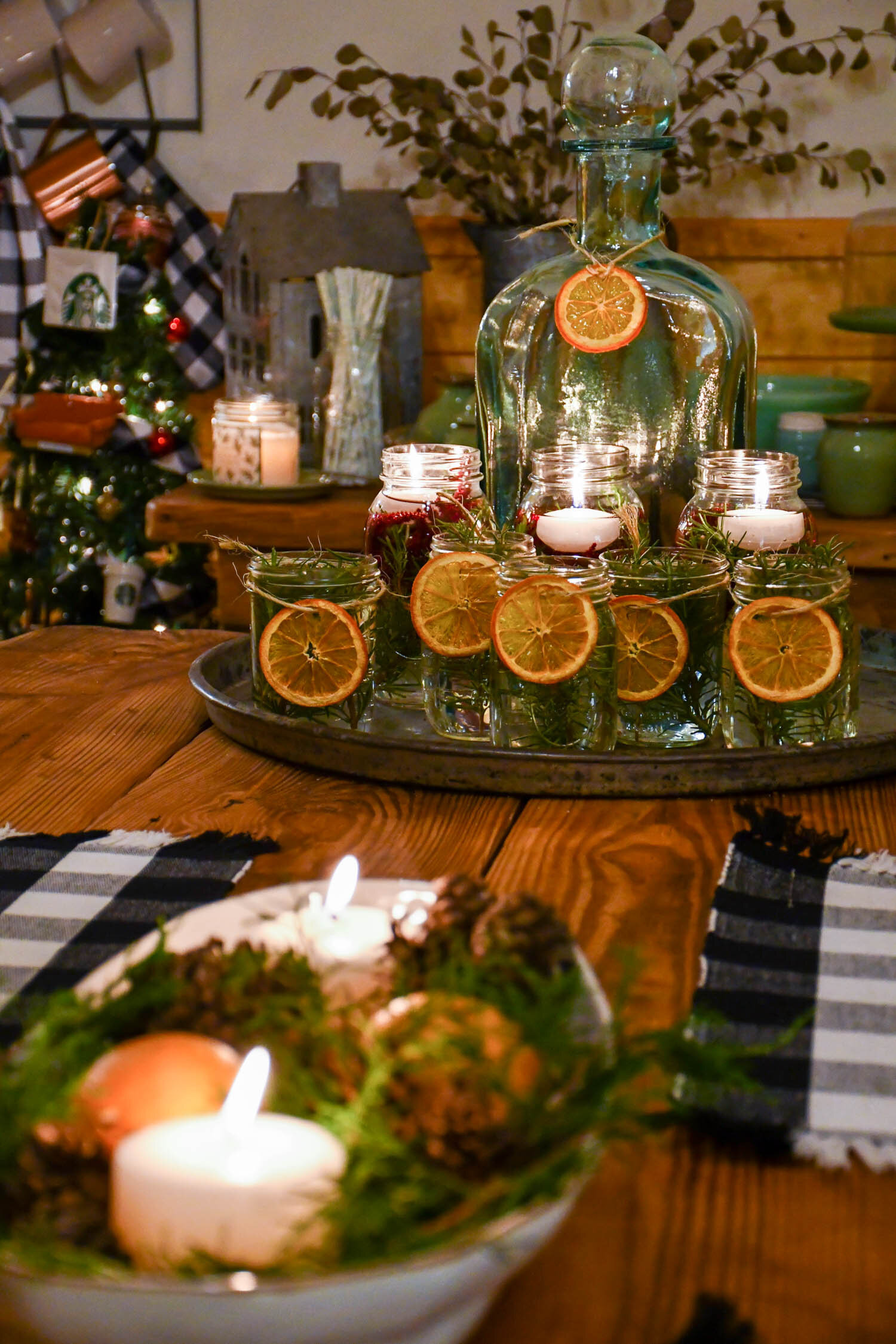I’ve been enamored with witch hazels ever since I realized they were a thing. As a young horticulturist, I was amazed to discover that a species could flower in the dreariest of winter weather. And, bloom they do, their petals blazing yellow, orange, red, and even purple against a cold winter sky. These pompoms of color warm the heart and say spring is near. Where I’ve lived in Tennessee and North Carolina, these have been planted in the gardens I knew and visited, but now living in Texas, they are largely absent from the landscape, save for a few native species.
So, I was happy a few years ago when Karen and I travelled to Philadelphia for a business trip in February. I wanted to show her The Scott Arboretum where I had interned 10 years ago at the time. (Wow, has it really been that long?) I had visited this beautiful campus in spring, summer, and fall but never winter. I was hopeful that the Hamamelis would be in full bloom. The collection features all kinds of Hamamelis vernalis, Hamamelis × intermedia, and Hamamelis mollis.
We made our way through campus as a cold rain diminished and left a dismal sky in its wake. Yet near the Cunningham House, the pale yellow ‘Luna’ glowed. It is considered by some to be one of the lightest forms available.
The honey colored ‘Luna’
Around the back the short and dense ‘Quasimodo’ echoed the color of the stem colors found in the Cornus planted nearby. It is such a good cultivar for small spaces.
‘Quasimodo’ is such a cutie. It is short and sweet.
The colors on the petals of 'Quasimodo' were echoed by the nearby Cornus alba ‘Bud's Yellow’ (front) and Cornus sanguinea ‘Arctic Sun’ (back).
We continued past Parrish Hall in the center of campus and the long allée of swamp white oaks to find a few witch hazels on the other side just above the famous amphitheater. ‘Strawberries and Cream’ had this delicious red to yellow fade outward on the petals that mellowed the color. Also nearby was a young ‘Diane’, one of the best red witch hazels. She still clung to her marcescent coat of leaves, but I found a perfect spot to navigate a photo without the clingy foliage.
‘Strawberries and Cream’ just looks delectable, doesn’t it?
‘Diane’ is considered one of the best red forms.
I can’t talk about Swarthmore and The Scott Arboretum without showing you the beautiful natural amphitheater with the scattered tulip poplars.
I almost missed my favorite specimen of the day. On our way to the main collection, I passed by the Clothier courtyard, but with a quick glance back my eyes caught a blob of yellow and I stopped in my tracks. Espaliered against the north wall of the courtyard in the fragrance garden was Hamamelis mollis ‘Early Bright’. Reading in Chris Lane's book Witch Hazels, I realized that this cultivar was found at The Scott Arboretum as a chance seedling, and the name was registered by my friend Andrew Bunting who was curator there for many years because it bloomed a few weeks earlier than other Hamamelis mollis forms. Seeing it espaliered gave me some serious plant lust for wanting to grow witch hazels in east Texas. Alas, we lack the winter cold that fans their buds into flames.
Clothier Hall. The courtyard is to the right of the bell tower.
My jaw dropped when I saw this incredible espaliered Hamamelis mollis ‘Early Bright’.
This espaliered ‘Early Bright’ was quite large. Karen helps us get a sense of scale.
Our arrival to the collection proper near the tennis courts was quickly evident as hazes of crimsons, tangerines, and saffrons filled the drab landscape with color.
Hooray! The main witch hazel collection is in bloom!
I was so impressed by the sheer size of the plants. Most of the time I see young developing witch hazels in gardens, and I had never seen Hamamelis this large. Two behemoth specimens were ‘Jelena’ and another ‘Early Bright’, this time allowed to grow into its true form.
Ah, what an incredible specimen of ‘Jelena’. I would say this cultivar is one of the best and most popular forms in the US. Sadly, my two-year old plant is about to die here in Texas due to the lack of winter chilling.
Staring at ‘Jelena’ is like looking at a fiery sunset.
And, here is a large ‘Early Bright’ in full flower.
A close up of ‘Early Bright’.
I really like collections like this because it allows one to study the plants and see their growth and seasonal differences. Some like ‘Primavera’, ‘Feuerzauber’, and ‘Wisley Supreme’ were in full bloom while others like ‘Gimborn's Perfume’ and ‘Sunburst’ had yet to flower.
‘Wisley Supreme’ is one of my favorite yellow forms.
Another good red is ‘Feuerzauber’. It tends to grow more vigorously than ‘Diane’
I love seeing the curls in Hamamelis petals like you see here on ‘Primavera’.
‘Red Imp’, a fun named selection of Hamamelis vernalis, held onto its leaves.
Having seen most of the flowering specimens in the collection and with light waning, we left. It was so much fun to visit this collection and get a better idea of which witch hazels deserve more use and attention in gardens. I hope this overview provides a few ideas and inspiration about using witch hazels in your garden.



















































































































